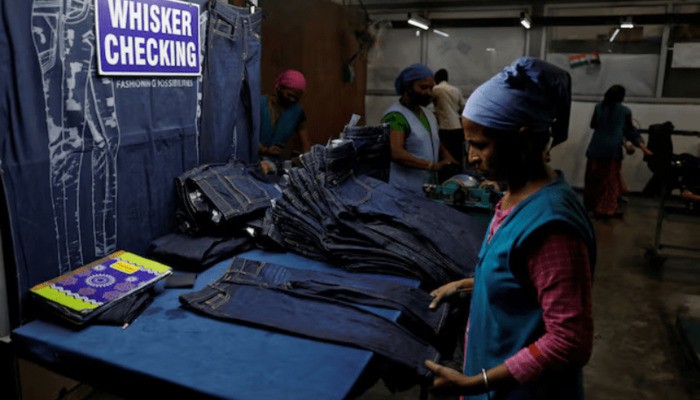Indian Prime Minister Narendra Modi is set to visit China for the first time in over seven years, signaling a diplomatic shift as tariff tensions with the United States escalate. His visit highlights New Delhi’s balancing act between two major powers, amid global realignments and economic pressure.
Modi will travel to the Chinese city of Tianjin to attend the Shanghai Cooperation Organisation (SCO) summit beginning August 31, according to a government source familiar with the matter. India’s foreign ministry has not publicly confirmed the visit yet.
First Visit Since 2018
This marks Modi’s first trip to China since June 2018. Relations between the two nations deteriorated sharply after a deadly military standoff along the disputed Himalayan border in 2020. However, a meeting between Modi and Chinese President Xi Jinping at a BRICS summit in Russia last October helped ease tensions.
Since then, both countries have shown interest in restoring business ties and reopening travel links, indicating slow progress in mending strained ties.
Pressure from Washington
The diplomatic shift comes as India’s relationship with the United States faces its most severe stress in years. President Donald Trump recently imposed steep tariffs on Indian goods—among the highest applied to any Asian economy. He has also warned of further penalties due to India’s continued imports of Russian oil.
Trump’s administration accuses BRICS members, including India, of aligning with anti-American policies. On Wednesday, Trump announced his team would decide soon whether to apply a 10% penalty on Indian oil imports from Russia. If approved, total US tariffs on India could reach 35%.
Read: Gaza Death Toll Rises to Nine Amid Ongoing Israeli Attacks Despite Claimed ‘Tactical Pauses’
India’s Strategic Diplomacy
India, meanwhile, is actively engaging with Russia. National Security Adviser Ajit Doval is currently visiting Moscow, where he is expected to discuss both oil imports and stalled defense deals. High on the agenda is expediting deliveries of the S-400 air defense system and preparing for a potential visit by Russian President Vladimir Putin.
Following Doval’s trip, Foreign Minister Subrahmanyam Jaishankar is expected to travel to Russia as well. These moves reflect India’s intent to deepen ties with longstanding partners amid mounting Western pressure.
Trade Deal Breakdown
A proposed trade agreement between the US and India has collapsed. Officials from both sides blame poor communication, political missteps, and rising mistrust. With bilateral trade exceeding $190 billion, the fallout is significant.
Internal government assessments in India suggest that Trump’s crackdown could impact $64 billion worth of Indian goods exported to the US. These products represent nearly 80% of India’s total exports to its largest trading partner.
Limited Economic Shock
Despite the high numbers, analysts believe the direct blow to India’s economy will be mild. In 2024, Indian exports to the US totaled around $81 billion—roughly 2% of its $4 trillion GDP. The country’s total global exports amounted to $443 billion the same year.
The Reserve Bank of India appears confident. On Wednesday, it kept the GDP growth forecast unchanged at 6.5% and held interest rates steady, signaling faith in domestic economic resilience despite global uncertainties.
Looming Competitive Pressure
Still, the proposed tariffs pose serious challenges for Indian exporters. An internal report warns that higher duties could erode India’s price advantage, especially in sectors like textiles, machinery, and pharmaceuticals. Competitors from countries facing lower tariffs may grab market share.
Two sources involved in preparing the assessment said India’s export competitiveness could suffer due to “intensified rivalry” from nations spared from similar trade restrictions.
Pivoting Eastward
As pressure from Washington builds, India’s tilt towards Asia is becoming more pronounced. Modi’s attendance at the SCO summit and diplomatic activity with China and Russia suggest a possible strategic realignment.
While New Delhi may not fully break from Washington, it is clearly broadening its alliances. This eastward engagement could serve as a counterweight to future Western economic coercion.
The next few weeks—featuring high-profile diplomatic visits and trade decisions—will likely define India’s strategy in navigating this shifting global order. Modi’s visit to China might just be the first step in a broader foreign policy recalibration.
Follow us on Instagram, YouTube, Facebook,, X and TikTok for latest updates
